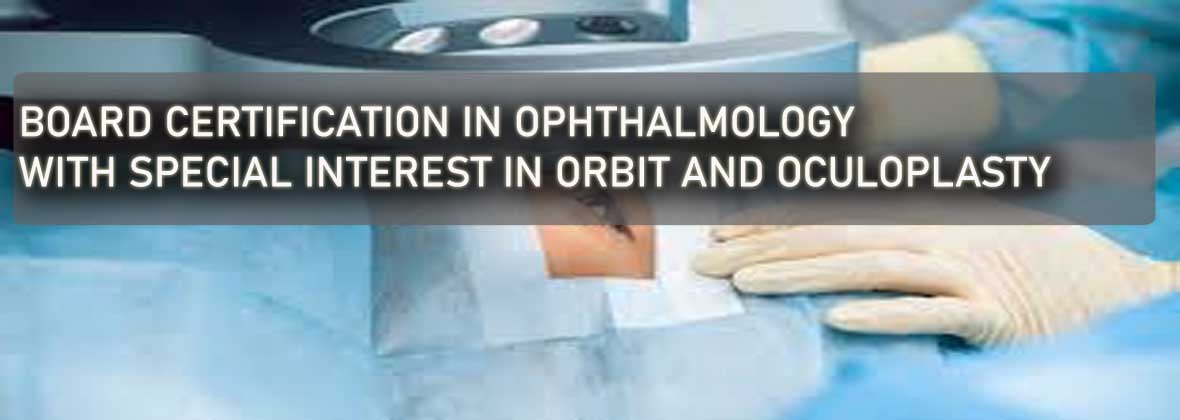
![]()
The eye lid is an important protective covering of the eye. Many disease conditions affecting the structure of the eye lids or their functions can threaten sight. A proper understanding of the anatomy and physiology of the eye lid cannot be acquired in isolation and should be made in the broader context of the structures which are closely related to it.
The diagnosis and management of orbital diseases need not only knowledge but skills and ingenuity. The incidence and prevalence of such diseases vary with age, sex and the race. Orbital diseases may arise primarily within the orbit or spread from adjacent structures or from distant sites via the circulation.
Orbital diseases threaten sight by affecting the cornea at the front part of the eye, or the optic nerve at the back. It is well established that early diagnosis and management of orbital diseases will restore visual functions. However, an accurate diagnosis of the condition may require the expertise of a broad spectrum of specialists such as a Pathologist, a Neurosurgeon, an Otorhinolaryngologist, a Plastic surgeon, a Neuroradiologist and a Neuroanaesthesiologist.
At present in view of the major developments in the knowledge and the availability of new technologies in the diagnosis and management of orbital diseases and oculoplasty, a dedicated and well trained surgeon would contribute immensely to a significant reduction in the morbidity seen in this area of Ophthalmology.
![]()
The candidate who enters the above special interest training program should have successfully completed the M.D. (Ophthalmology) examination conducted by the PGIM.
Please refer to the relevant prospectus for the most up to date information. The prospectus of a particular programme contains official information pertaining to a programme approved by the Board of Management, University Senate and the University Grants Commission